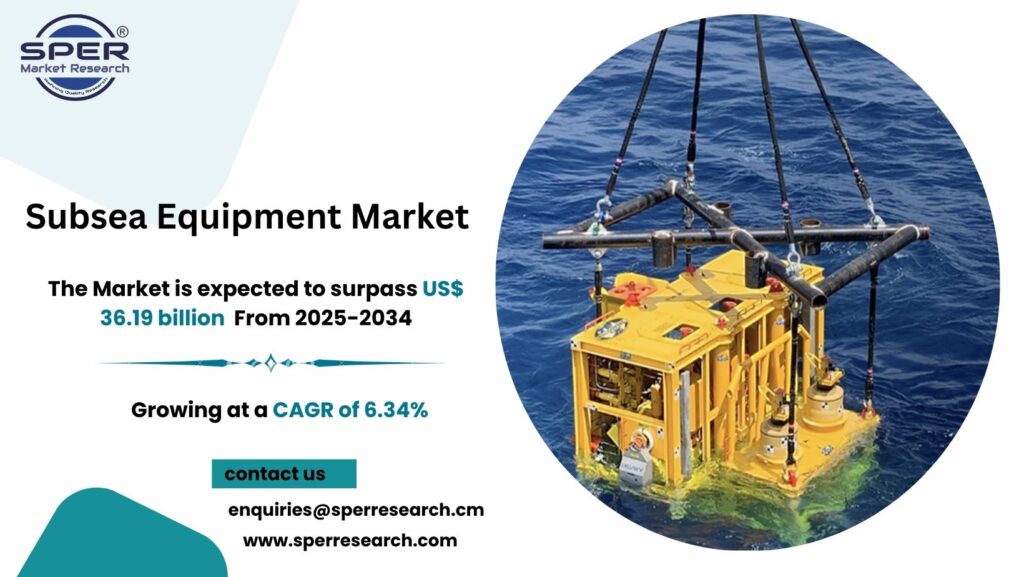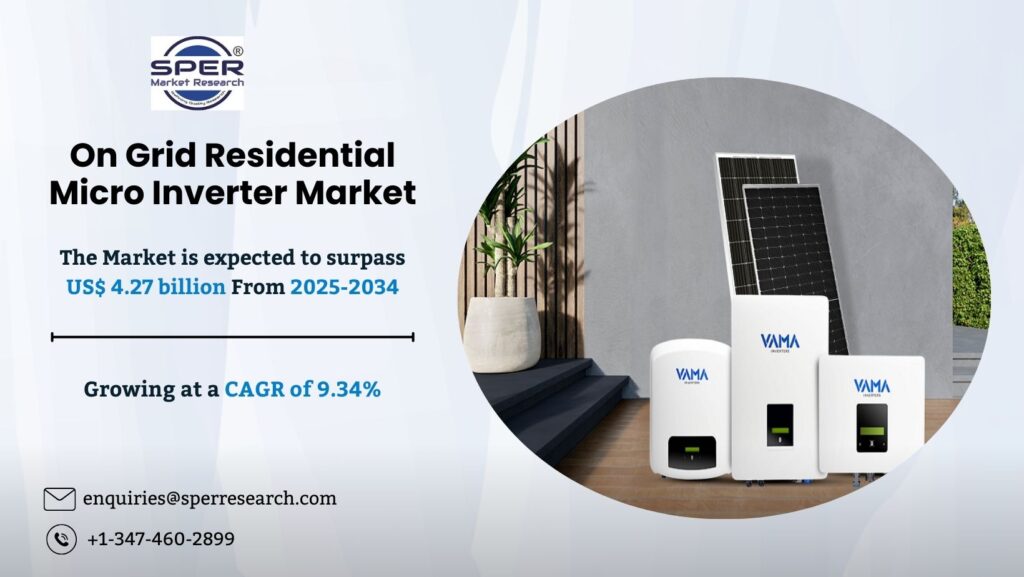One essential part of the electrical power system that makes it easier to transport electricity over great distances from power producing locations to substations close to areas of consumption is a transmission line. These lines are essential to preserving the effectiveness and dependability of power distribution across regions since they are designed to run at high voltages to minimize energy losses during transmission. Transmission lines are typically built as overhead systems with conductors held aloft by large towers or poles, however when overhead lines are impracticable due to space limitations, environmental concerns, or aesthetic factors, underground and submarine options are utilized. They are essential for connecting national and regional grids, allowing power sharing, and improving energy security because they are built to manage massive amounts of electrical energy.
According to SPER market research, ‘Asia Pacific Transmission Lines Market Size- By Voltage, By Conductor – Regional Outlook, Competitive Strategies and Segment Forecast to 2034’ state that the Asia Pacific Transmission Lines Market is predicted to reach 12.54 billion by 2034 with a CAGR of 5.53%.
Drivers:
The Asia Pacific transmission lines market offers a plethora of prospects due to the region’s rapidly increasing urbanization, growing need for power, and continuous shift to greener energy sources. There is an increasing need to construct and upgrade transmission infrastructure to manage the integration of solar, wind, and hydropower into national grids as nations in the region invest more in renewable energy projects. Transmission line development is further made possible by government-led efforts to improve energy availability and the expansion of rural electrification schemes. Furthermore, new technologies—like digital substations, smart grid systems, and ultra-high-voltage (UHV) transmission—present chances to improve power networks’ dependability and efficiency.
Request a Free Sample Report: https://www.sperresearch.com/report-store/asia-pacific-transmission-lines-market?sample=1
Restraints:
A number of obstacles could prevent the Asia Pacific transmission lines industry from expanding even with rising energy demands and the incorporation of renewable energy sources. One of the main obstacles is the high expense of building and modernizing transmission infrastructure, especially in isolated or challenging areas. For underdeveloped nations with little funding for energy projects, these financial burdens might be very limiting. Long approval procedures and intricate regulatory frameworks also differ greatly between countries, which frequently causes project delays and higher administrative expenses. Land acquisition is still a significant obstacle since obtaining rights-of-way in crowded or environmentally delicate locations may be contentious and time-consuming. The expansion of the system is further complicated by technical challenges like controlling grid stability, lowering transmission losses, and adjusting for variable inputs from renewable sources. China is the market leader primarily due to its aggressive efforts to include renewable energy sources into its national system and its quick construction of ultra-high-voltage (UHV) transmission projects. Some significant market players are Bekaert, CMI, CTC Global, Galaxy Transmissions, KEC, LS Cable and others.
For More Information, refer to below link: –
Asia Pacific Transmission Lines Market Share
Related Reports:
Asia Pacific Solar PV Mounting Systems Market Size
Asia Pacific Digital Oilfield Market Growth
Follow Us –
LinkedIn | Instagram | Facebook | Twitter
Contact Us:
Sara Lopes, Business Consultant — USA
SPER Market Research
enquiries@sperresearch.com
+1–347–460–2899









